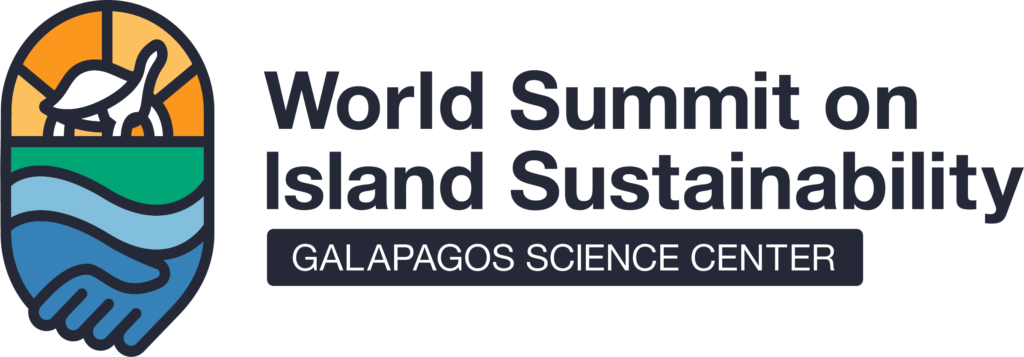PUBLICATIONS

Genomic and biogeographic patterns of endemic geckos in the Galapagos Islands reveal population structure and species delimitation on inhabited islands
Oceanic islands such as Galápagos are privileged settings for studying how species originate and diverge. In this context, the endemic geckos of the genus Phyllodactylus play an important ecological role and, at the same time, remain poorly known from a genetic perspective.

Animals and Land Cover/Land Use Change: A Remote Sensing – Galápagos Islands Assessment
The ecosystems of Galápagos are in constant transformation due to the interaction between natural processes, animals, and human activities. This research analyzes how different species, both native and introduced, influence the islands’ landscape through their movements, feeding habits, and behavior, and how these changes can be observed using digital environmental monitoring tools.
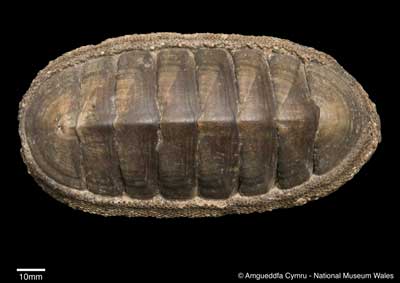
Reproductive timing and intensity in a Galápagos intertidal mollusc are modulated by thermal phases
This study analyzes how variations in sea temperature influence the reproduction of the canchalagua (Radsia goodallii), an endemic mollusk of the Galápagos Islands with ecological and socio-economic importance for local artisanal fisheries. Understanding its reproductive patterns is essential for developing management and conservation strategies that ensure the sustainability of the species.
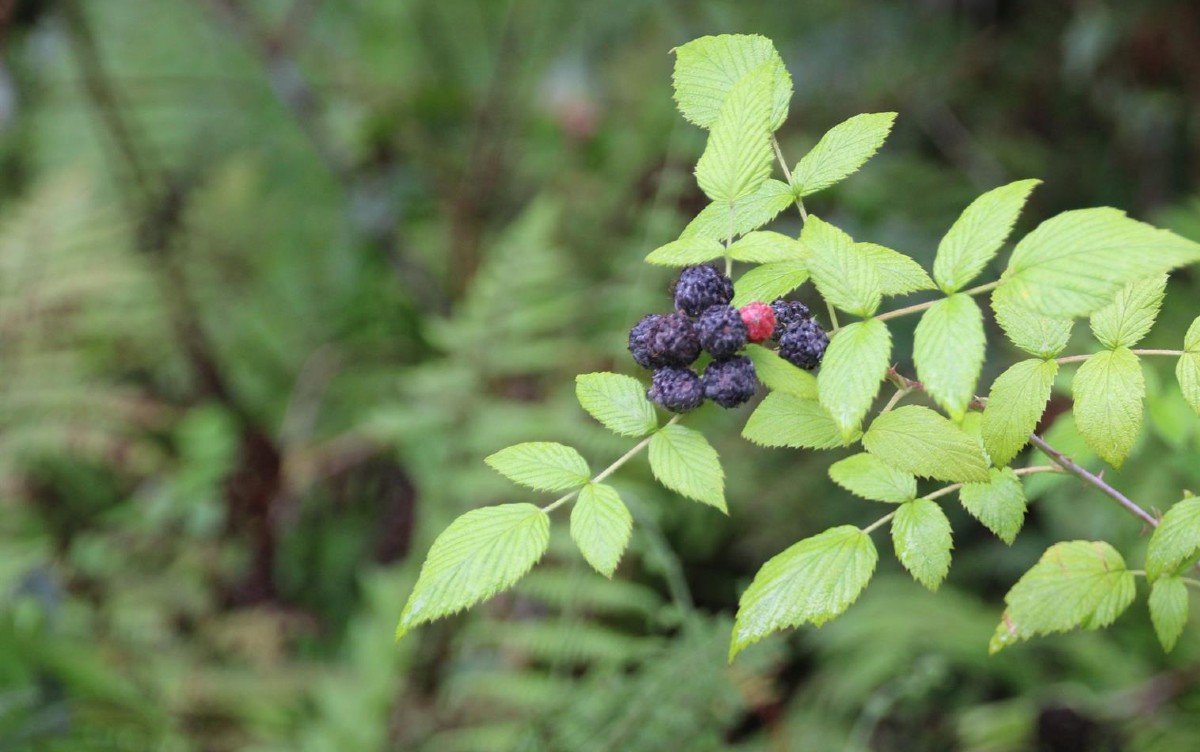
Exploring pathogenic fungi to control the invasive plant Rubus niveus on San Cristóbal Island, Galápagos
The invasive bramble (Rubus niveus) is one of the main threats to the native flora of the Galápagos Islands. It currently occupies around 30,000 hectares in the highlands, where it displaces native vegetation and affects biodiversity.
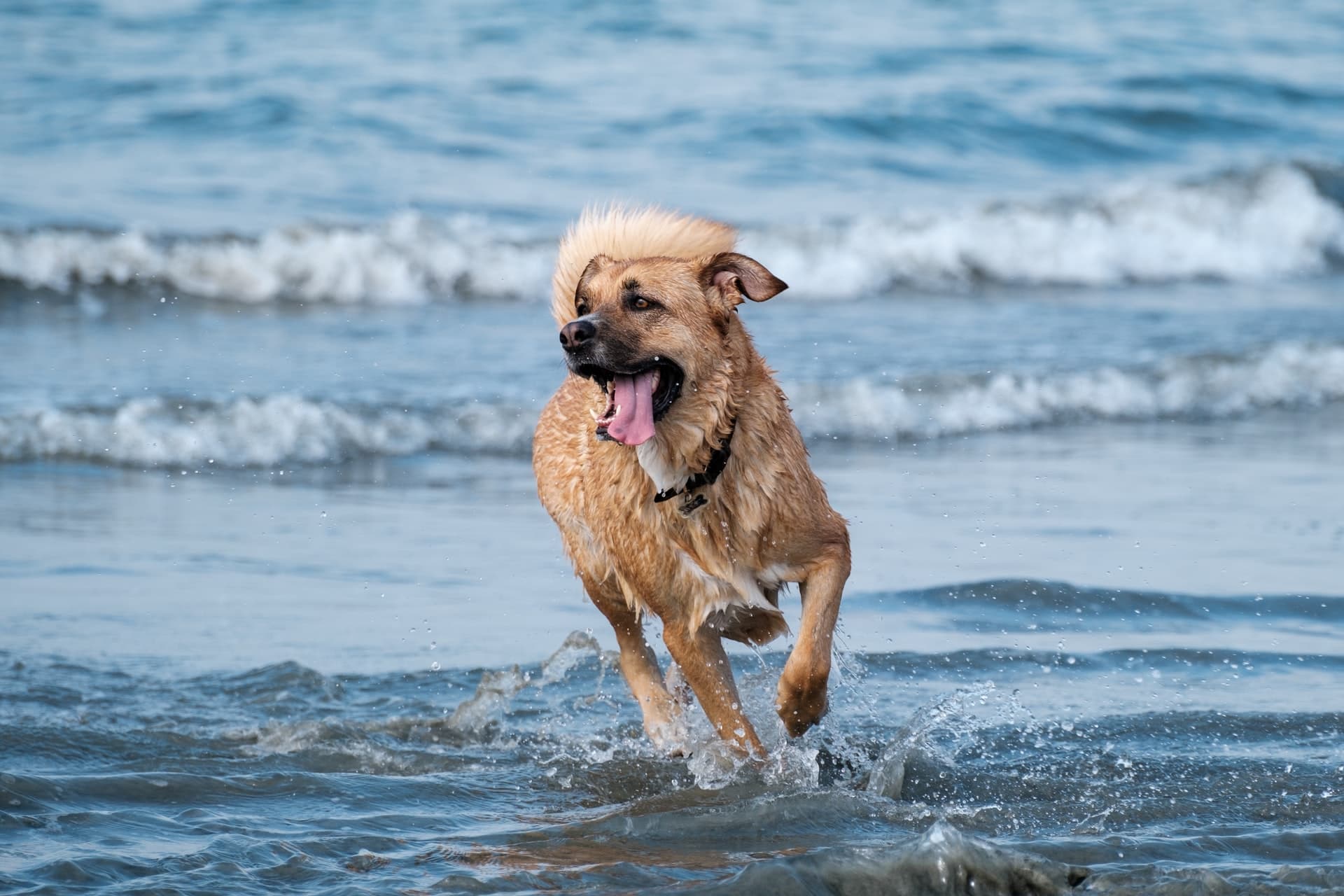
First Report of Anaplasma phagocytophilum in Galapagos: High Prevalence in Dogs and Circumstantial Evidence for the Role of Rhipicephalus linnaei as Vector
The Galápagos Islands host a unique biodiversity but face increasing threats from emerging diseases. Among them, tick-borne pathogens such as Anaplasma spp. are of concern due to their potential impact on both domestic animals and wildlife. Understanding their presence and transmission dynamics is essential for conservation and public health.
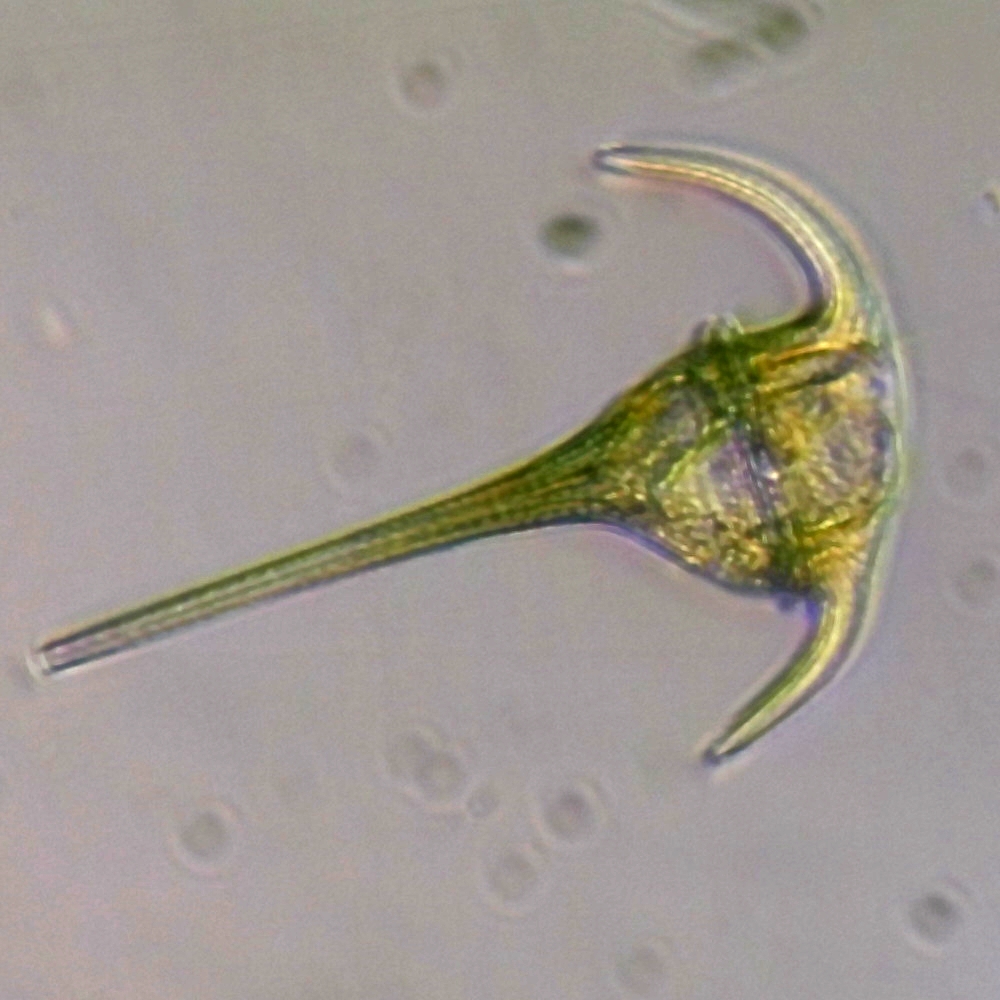
Drivers of Marine Phytoplankton Diversity and Connectivity in the Galápagos Archipelago Spanning an ENSO Cycle
Phytoplankton form the foundation of marine food webs, and their diversity strongly influences ocean ecosystem health. In the Galápagos Islands, ocean currents and climate variability linked to the El Niño-Southern Oscillation (ENSO) shape these communities, driving changes in productivity and connectivity.
Contact
-
Alsacio Northia Avenue, in front of Playa Mann,
Puerto Baquerizo Moreno, Galapagos - Ecuador - (+593) 2 297 1700 ext. 1857
- info@galapagos.lol

